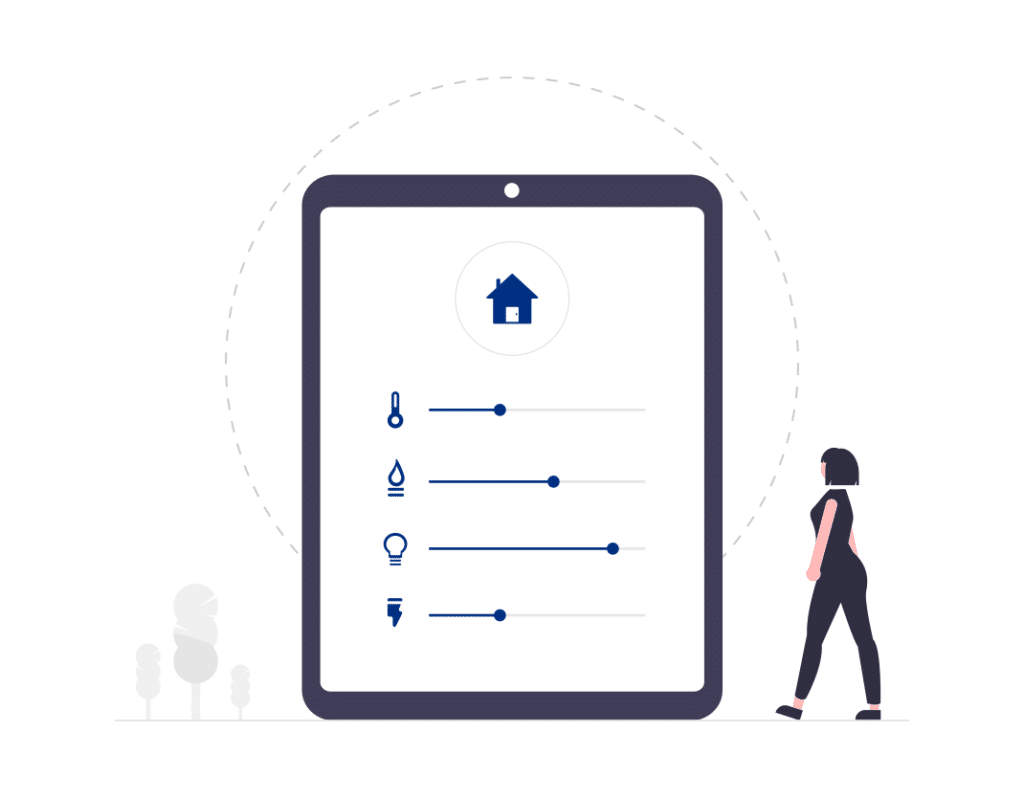Is Your Home Really Safe?: Safeguarding Your Home with Smart Home Security
Imagine a world where you can sleep peacefully at night, knowing that your home and
Imagine a world where you can sleep peacefully at night, knowing that your home and
We Are Using Drone Technology To Increase Home Security.
Since mid-March 2020, families have transitioned their homes from a place of rest to the
There’s No Question That The Pandemic Has Changed Things, And Living As We Know It
There are dozens of practical applications for a security system: door entry detection,
Some smart home video doorbells are very easy to install yourself while others
Make sure that you have the proper smart security system to keep
Owning a smart home with home automation and security means you never
Home automation with app control makes life easier. Monitor the security
Let us help you create a comprehensive surveillance plan. Smarter Homes design service

801 Ranch Rd 620 S Suite 100A
Lakeway, TX 78734
(512) 775-6101
